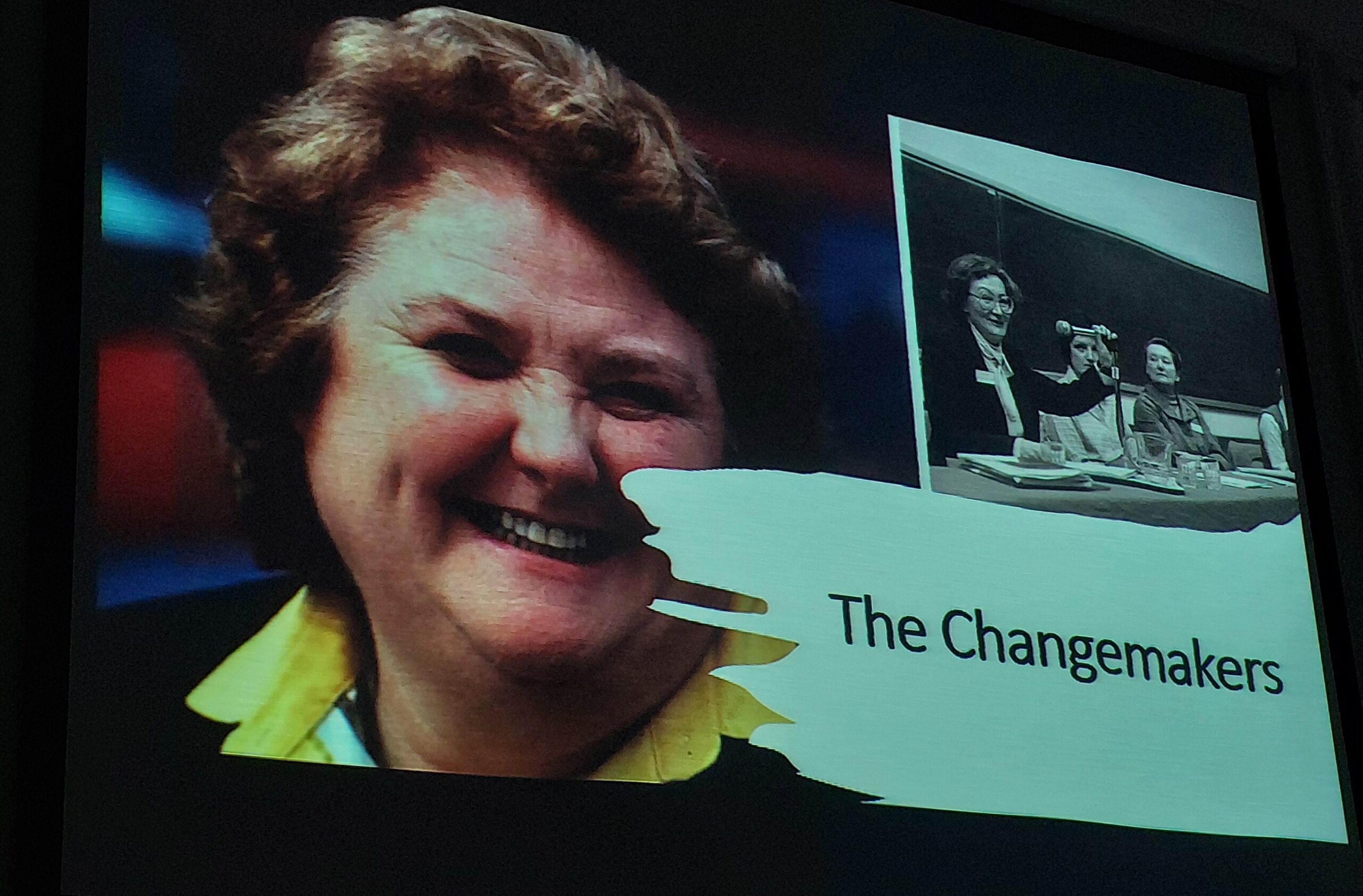An evening with Clodagh Finn
10th October 2022
If you’re a Wild Gees fan, it’s likely that you also know and love journalist Clodagh Finn, who has arguably done more to rescue forgotten women’s stories than anyone else in Ireland. We had eagerly bought Her Keys to the City, her collaboration with then Lord Mayor Alison Gilliland, earlier in the year. So when we realised she was speaking in Dublin and some of us were free, we couldn’t not attend. The free but ticketed event was of course sold out, with us snagging the very last tickets available. The room above Rathmines Library was at capacity with an expectant audience comprising about 80% women, from girls in their school uniforms to retirees.
Clodagh had titled her presentation The Changemakers and spent the evening entertaining us with stories about women who have brought about social change in Ireland. Prior to the Her Keys to the City project, only five women had received the freedom of the city of Dublin, compared to 77 men. The only Irish woman of these was the estimable Maureen Potter, in the company of Michiko, Empress of Japan (who shared it with her husband), Mother Teresa, and Aung San Suu Kyi – though her freedom, ironically, was later rescinded.
The first woman to receive the award was a British suffragist you’ve probably never heard of, Margaret Sandhurst in 1889. One of the requirements of being granted the Freedom of the City is to be alive, as you have to be able to defend the honour of Dublin. Her Keys to the City only included women who are no longer alive, granting them the honour retrospectively.
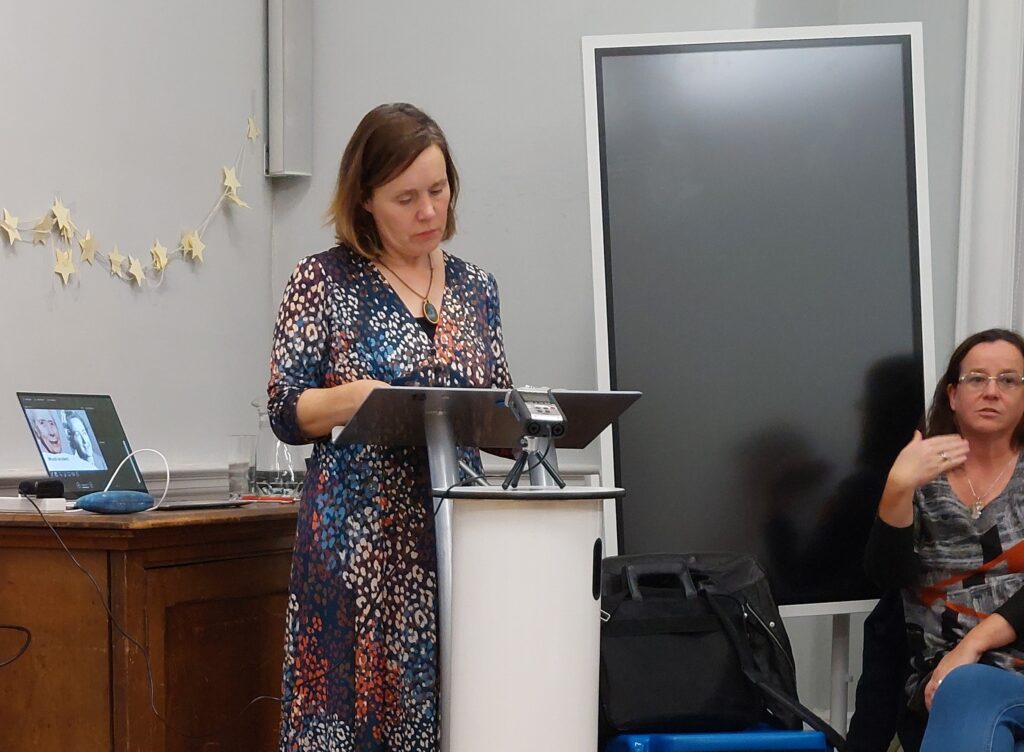
Clodagh began with her square mile, Dun Laoghaire, where there is a plaque for Margaret Huggins. Margaret had been experimenting with using photography with a telescope to study sun spots when she was introduced to astronomer William Huggins by telescope designer Howard Grubb. They became “one of the most successful husband and wife partnerships in the whole of astronomy” and applied the technology of photography to telescopes, leading to many discoveries in the field of spectroscopy. They were pals with other scientific power couple Marie and Pierre Curie. Unusually, Margaret was well known and acknowledged as co-author of their research at the time.
Clodagh then introduced Fanchea Gibson, who was manager of the Lord Mayor’s office at the time and did trojan work behind the scenes on Her Keys to the City. She told the story of Mary O’Sullivan, secretary to Dublin’s Lord Mayors during an era of huge social and political changes 1902-1942. In her witness statement to the Bureau of Military History, Mary gave a glimpse of her role in revolutionary times in the Mansion House, hiding papers during raids by the Black and Tans. Imagine what Mary would have made of Kathleen Clarke, the first female Lord Mayor, rocking up and clearing out the royal portraits, demanding a new set of chains! But of course she would never divulge. It was difficult to find photographs of Mary for the book, as like some of the other women featured, she spent her life in the background.
“Don’t iron while the strike is hot!”
IWWU laundry strikers
When Louie Bennett was tasked with organising the Irish Women’s Workers Union, she started with just one member. “I put her name down in a twopenny jotter and hoped fervently for more”. At its peak, the IWWU had 70,000 members. One of their biggest successes was the laundry strike in 1945 which won two weeks of holidays, not just for the women striking but for all workers. “Don’t iron while the strike is hot!”
Margaret Buckley was also a trade union activist, and the first female president of a political party: Sinn Féin. She had run-ins with De Valera about the 1937 constitution, which treated “the women of the country as though they were half-wits”.
Professor Ethna Gaffney, first female professor of the Royal College of Surgeons in Ireland, joined the science queue at UCD because it was the shortest! She got her PhD and set up the first dietetic school in Ireland, which took a while to catch on. She gave up working when she got married (as was the law at the time) but sadly her husband died in Aer Lingus’s first plane crash. Finding herself pregnant and now a single parent of three, she went to work at the RCSI. She was appointed Professor of Chemistry in 1962.
“the Irish Housewives Association was considered to be Marxist by the Irish government”
Sarah barnes
When Ireland joined the EEC (as it was then), the government asked if Ireland could be exempt from equal pay legislation! In response, women’s rights activist (and later TD) Monica Barnes set up The Council for the Status of Women. Clodagh invited Monica’s daughter Sarah to speak about her inspirational mother and all she achieved. To convey just how radical Monica was, the Irish Housewives Association was considered to be Marxist by the Irish government in 1952. Her Wikipedia page doesn’t reflect even the half of Monica’s achievements and needs serious attention. We had to make a start, incorporating some of Sarah’s article about her mam in Her Keys to the City. #WeCanEdit
Maureen O’Carroll TD, and mammy of comedian Brendan, introduced the first female police officers in Ireland. Some male TDs ‘joked’ they’d make great police because they were used to wielding rolling pins. Margaret was asked what she had to say about women wanting to be men and replied “I’d say they lacked ambition”. So Brendan didn’t lick it off the stones!
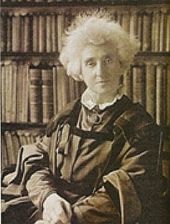
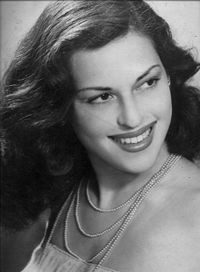
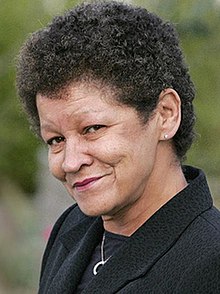
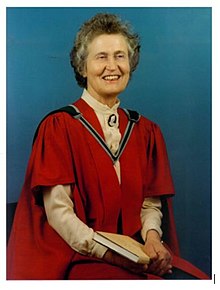
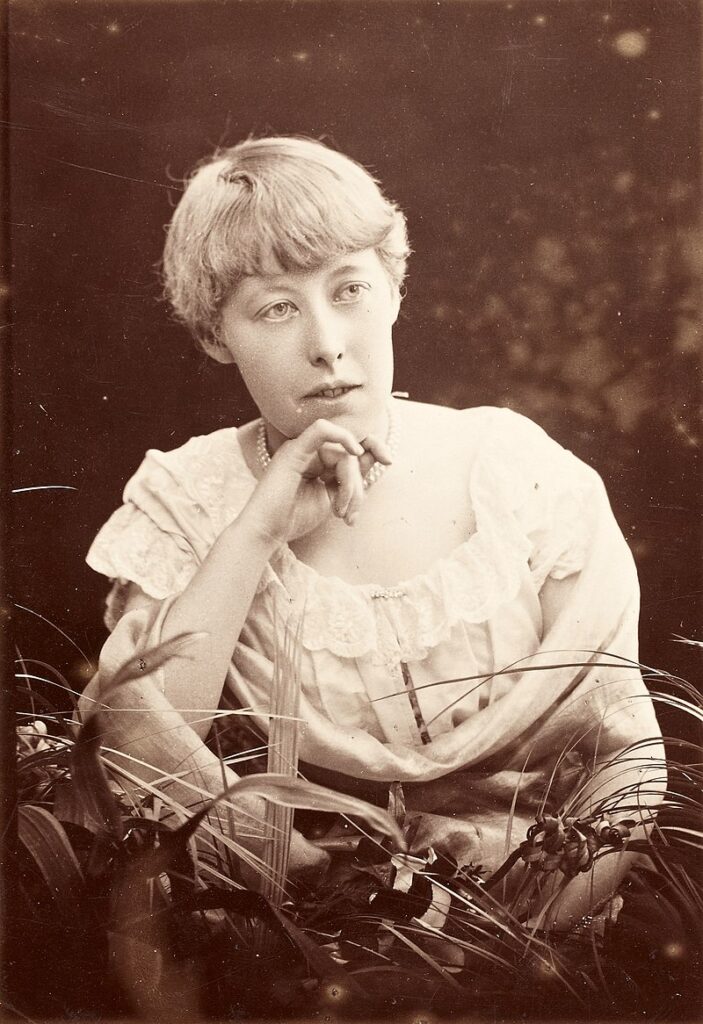
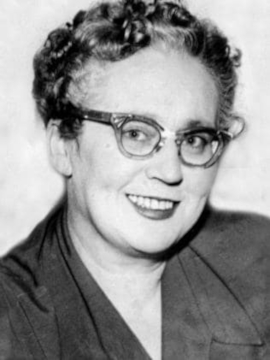
The evening continued with some familiar names and others you may not have heard of but deserve to have their stories more widely known. Agnes Bernelle fled Nazi Berlin for London where she broadcast propaganda to confuse the Nazis. She met and married an Irishman and they set up home in his family’s castle in Monaghan (as you do). She was an actress and cabaret artist and was instrumental in setting up the Project Arts Centre in Dublin.
Activist Christine Buckley was a survivor of the industrial school at Goldenbridge. She campaigned for justice for survivors and those in search of their birth families. She founded the Aislinn Centre where survivors could meet and talk, access classes and therapy – it was renamed the Christine Buckley Centre after her death in 2014.
Pearl Phelan aka Sr Joseph Ignatius aka Aunt Pearl was a pioneer of person-centred hospice care in Ireland. She has no Wikipedia article so we’d better get cracking on that too! Margaret McCurtain, another nun, was determined to write women back into Irish history. She co-founded Women’s History Ireland and, we discovered on the night, Senior College Ballyfermot. Now, two of the Wild Gees owe Ballyfermot, and ultimately Margaret, so much. It gave Gill her first chance at third level education (aged 17 and clueless) and Sinéad her second (aged 35 and aimless). We both went on to work in third level ourselves, in roles working with communities who traditionally wouldn’t see potential for university in themselves. We may have sniffled a bit.
Katherine Tynan wrote a phenomenal 102 books! One of her poems, The Wind that Shakes the Barley, was turned into a popular folk song. Her family home at Newland’s Cross means she is considered local by both Tallaght and Clondalkin. During Covid, her words were engraved on benches erected in Tallaght in memory of those who died by South Dublin County Council.
Although Mary Elmes (as a Cork woman) doesn’t appear in Her Keys to the City, she is the subject of another of Clodagh’s books A Time to Risk All. During WW2 she saved dozens of Jewish children, helping them escape Nazi-occupied France through a series of safe houses. Her story was contrasted with that of Ettie Steinberg Gluck who went to school in St Catherine’s, Donore Avenue in Dublin, and was a victim of the Holocaust. She is remembered with a Stolpersteine (stumble stone), recently installed outside the school.
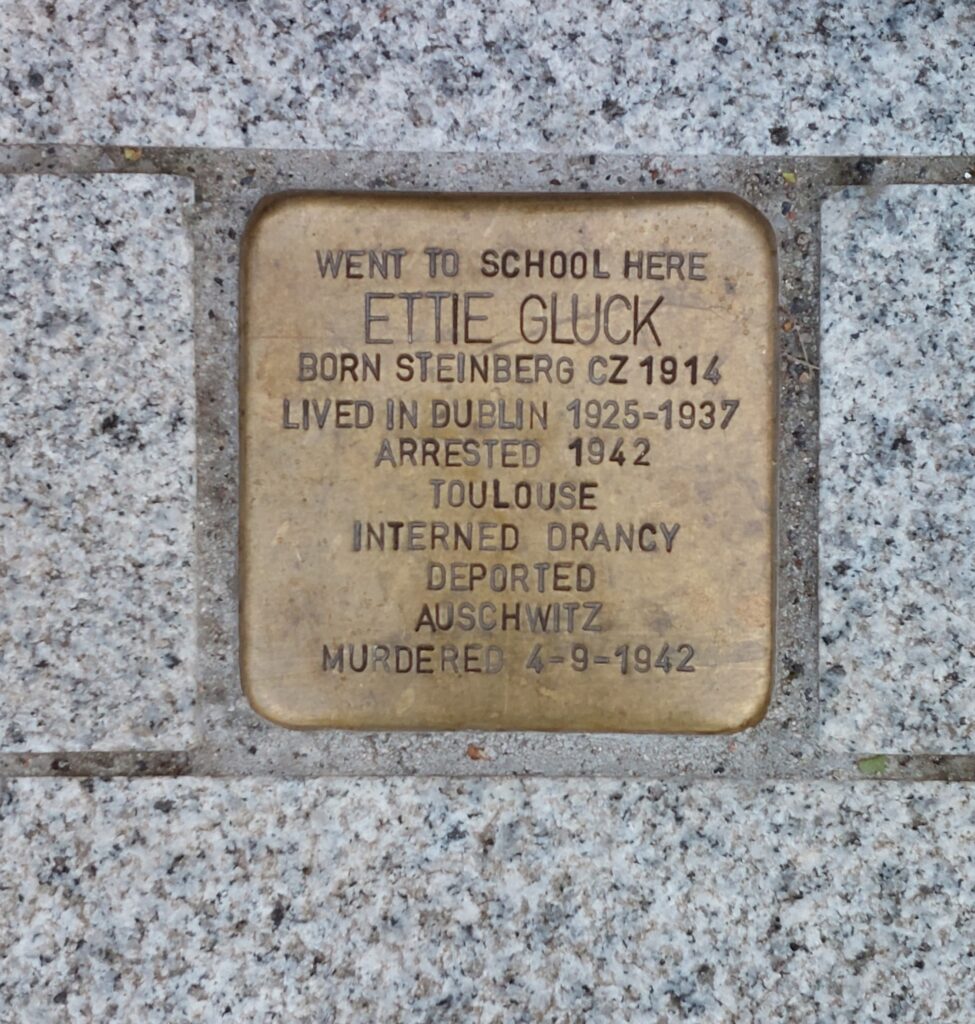
The day after Clodagh’s talk, we went to Donore Avenue to pay our respects to Ettie’s memory and those of the other members of Dublin’s Jewish community who were murdered by the Nazis. There are six tiny brass plaques on the pavement designed to be ‘stumbled’ on and provoke reflection. There were no words to be said as we stood with our hearts heavy and our eyes brimming.
When the talk finished we got chatting to Clodagh as we got our books signed. It was fabulous to meet offline, having tweeted back and forth for so long. There was a bit of mutual fangirling going on! Gill’s grandfather was a caretaker in the Mansion House from his teens until shortly before his death in 1972. Mary O’Sullivan would surely have known him and we chatted with Fanchea about where we could find a mention of him. She suggested the Dublin City Archives and A Dáil Girl’s Revolutionary Recollections, by Katherine Napoli McKenna (a book we’ve been trying to get our hands on for ages!). The chats went on so long that we continued them afterwards in the Stella’s diner up the road.
The six of us discussed inspirational mammies and hidden histories, including Dr James Barry, a trans man from Cork who moved to South Africa to receive a medical education and to live as a man. Clodagh revealed she was writing an article on witches and a heated discussion on witch hunts ensued (we have strong opinions on how the word witch hunt gets co-opted by mostly white, older men with power whenever they are held accountable). She very kindly cited us in the resulting article (you can read it here) and we’re very proud to have contributed to Clodagh’s phenomenal work bringing women’s stories back to public memory.
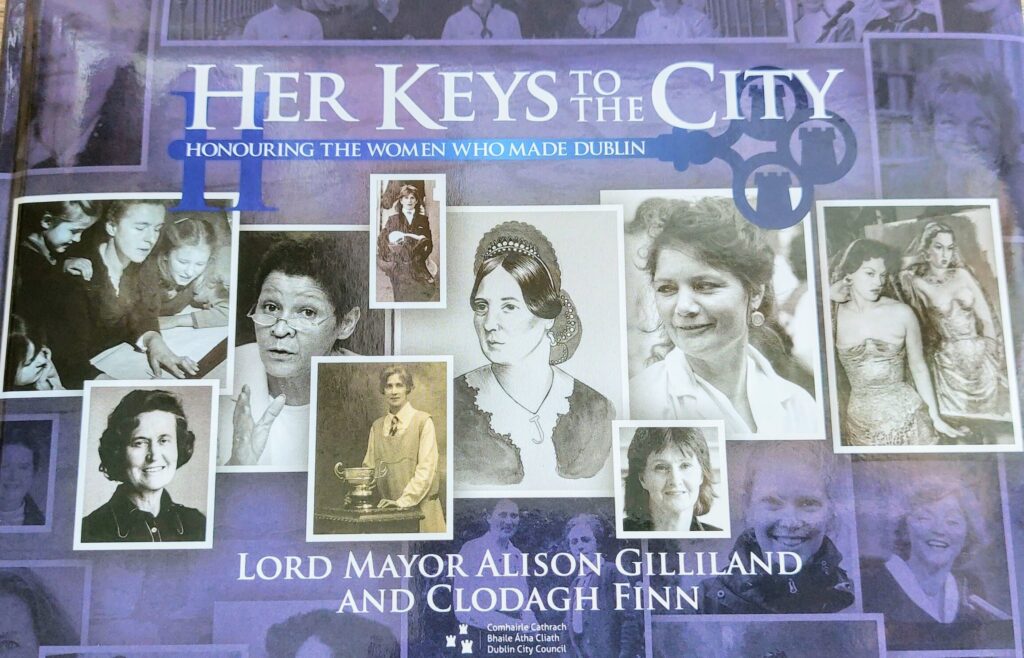
Acknowledgements
Photos of the event, the stolpersteine and the book Her Keys to the City by The Will Gees CC-BY-SA
Photos of the women featured in the talk all come from Wikimedia Commons (licences vary).
Read more about these changemakers in Her Keys to the City, Four Courts Press, Dublin, 2022.

